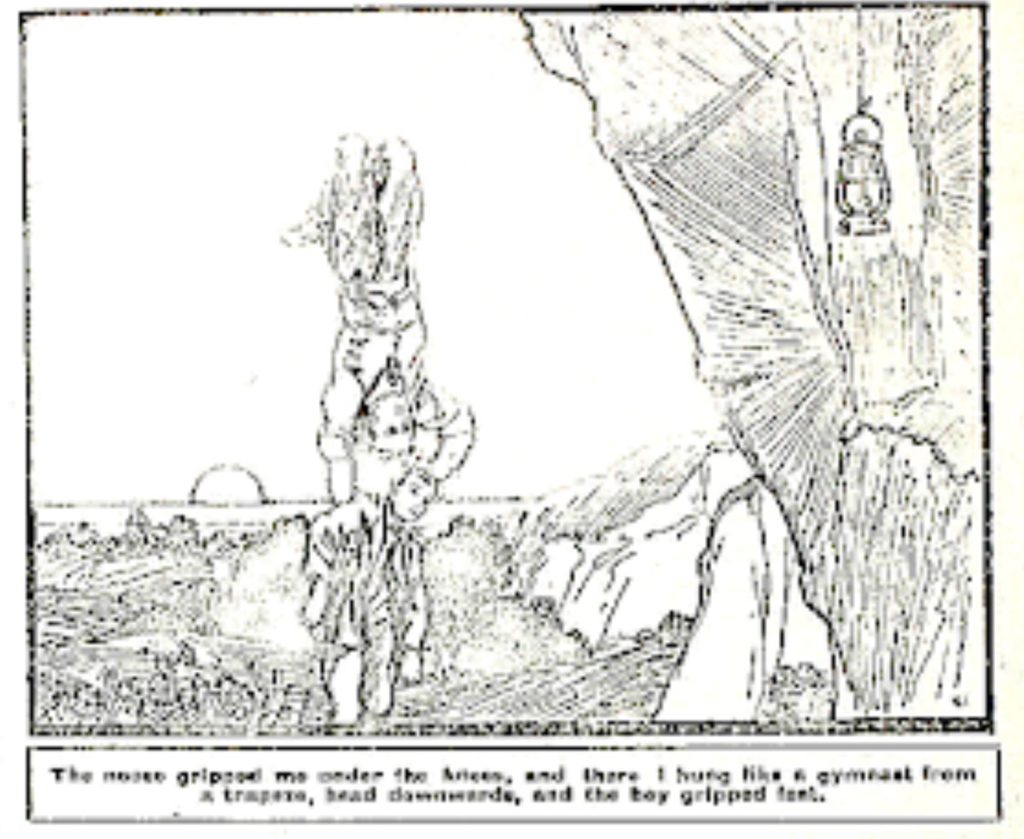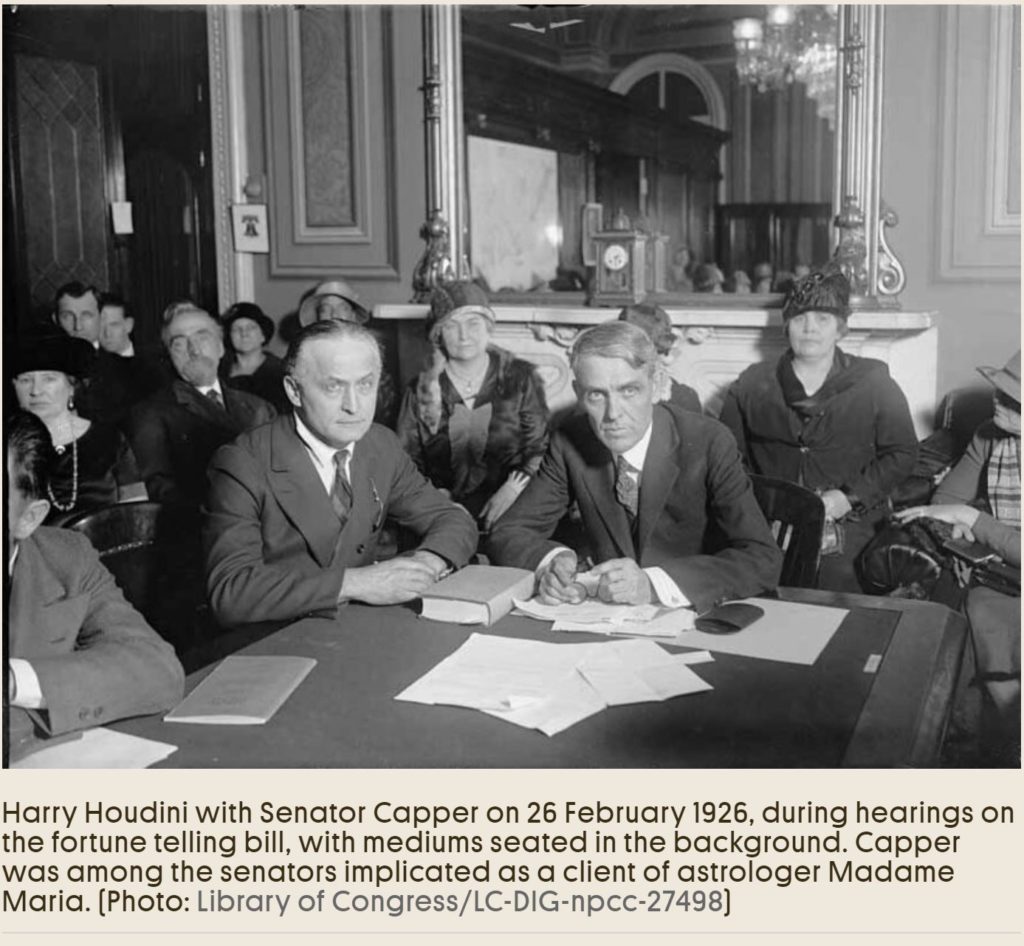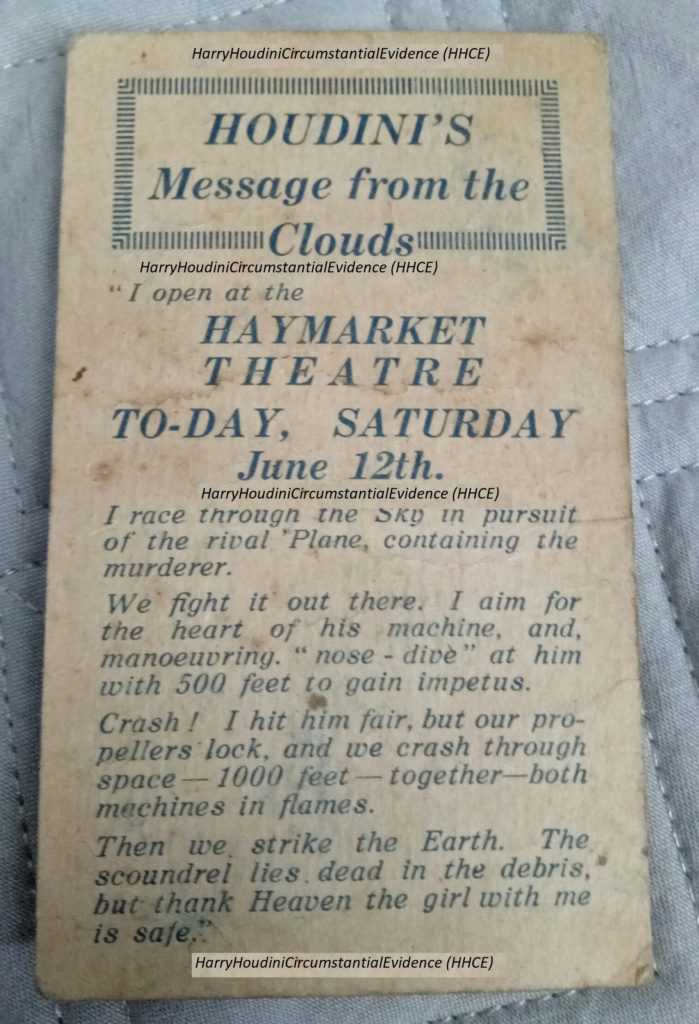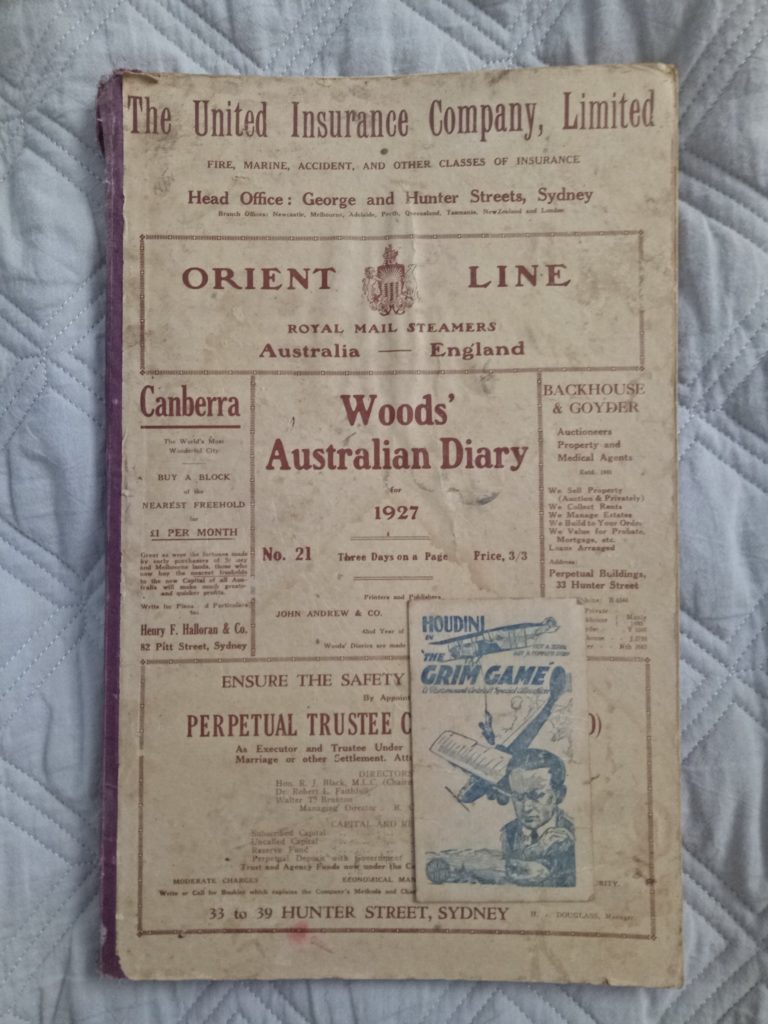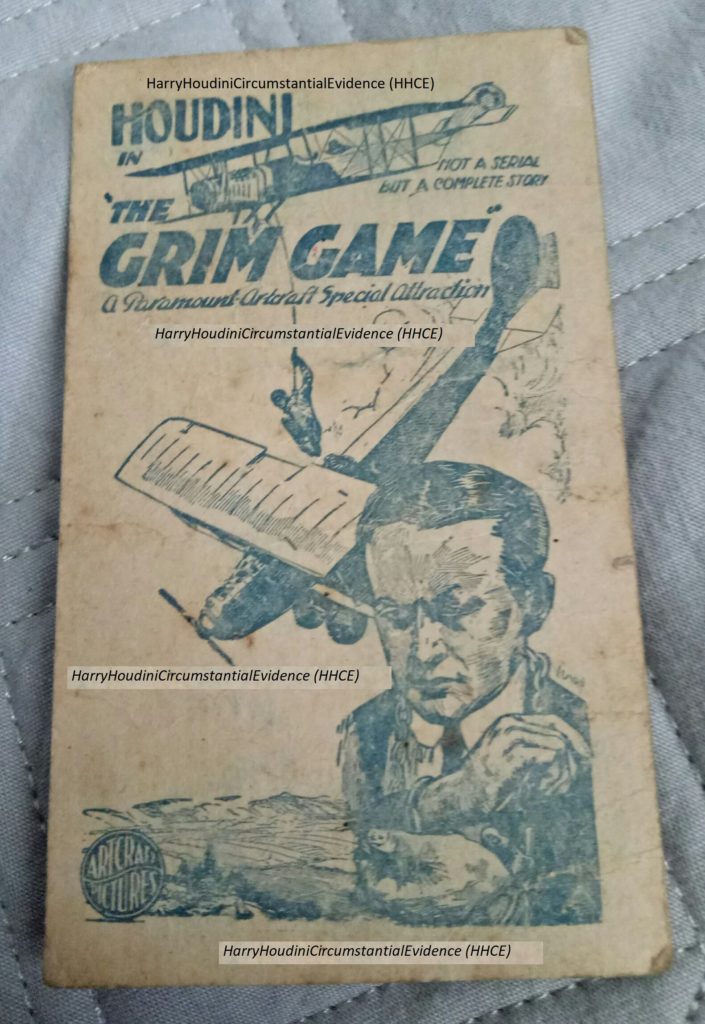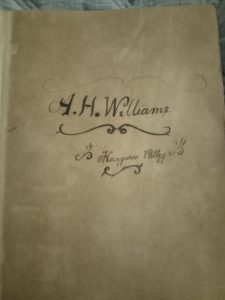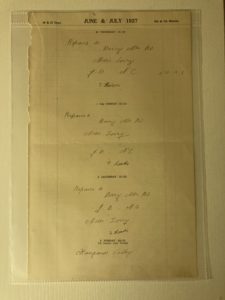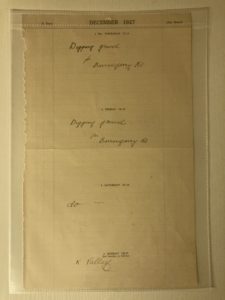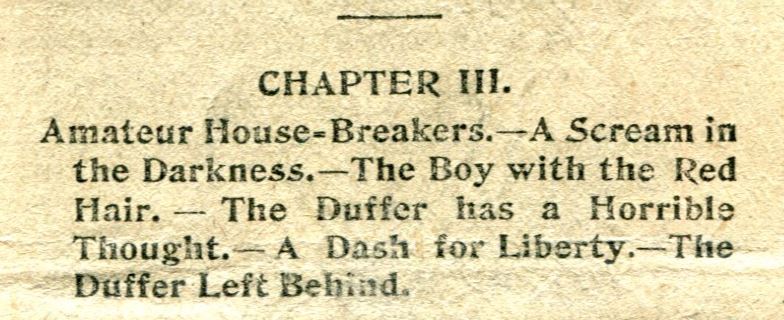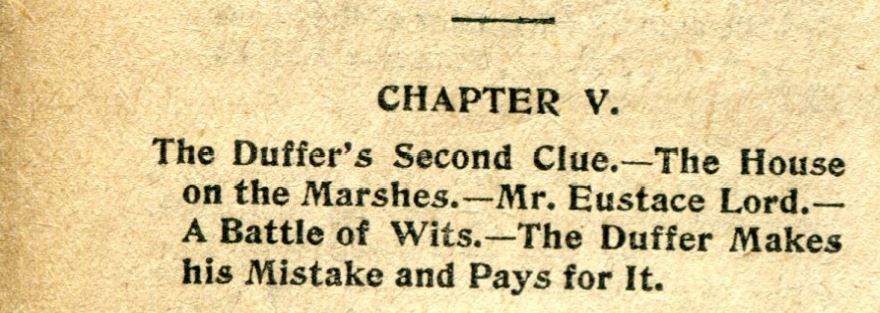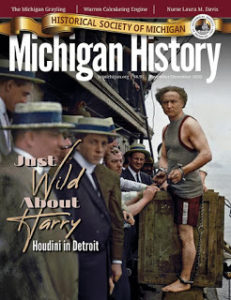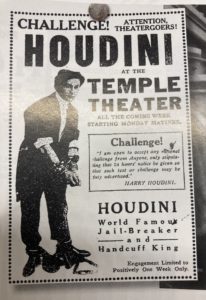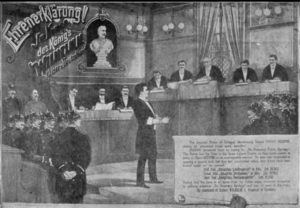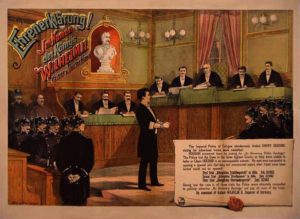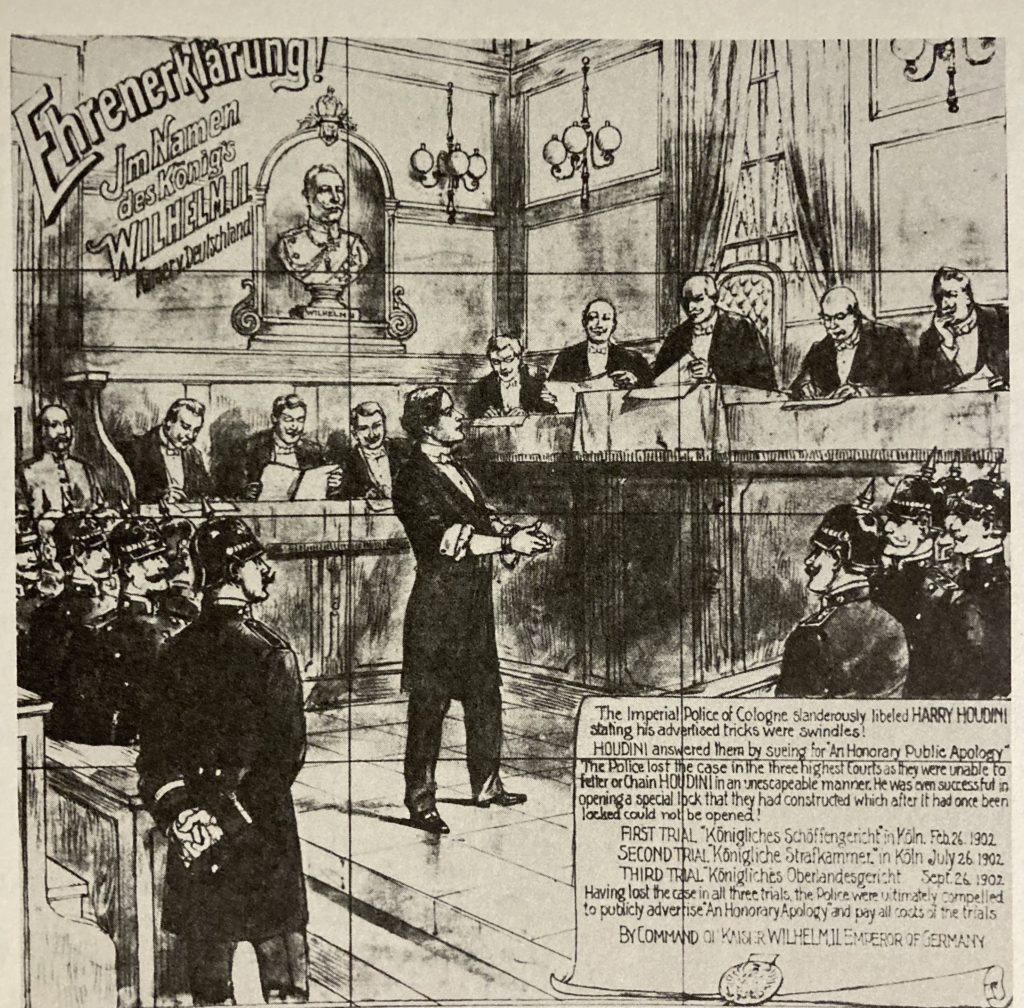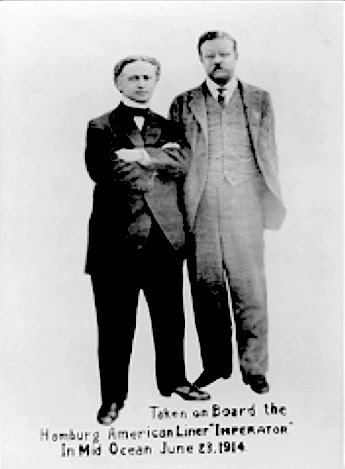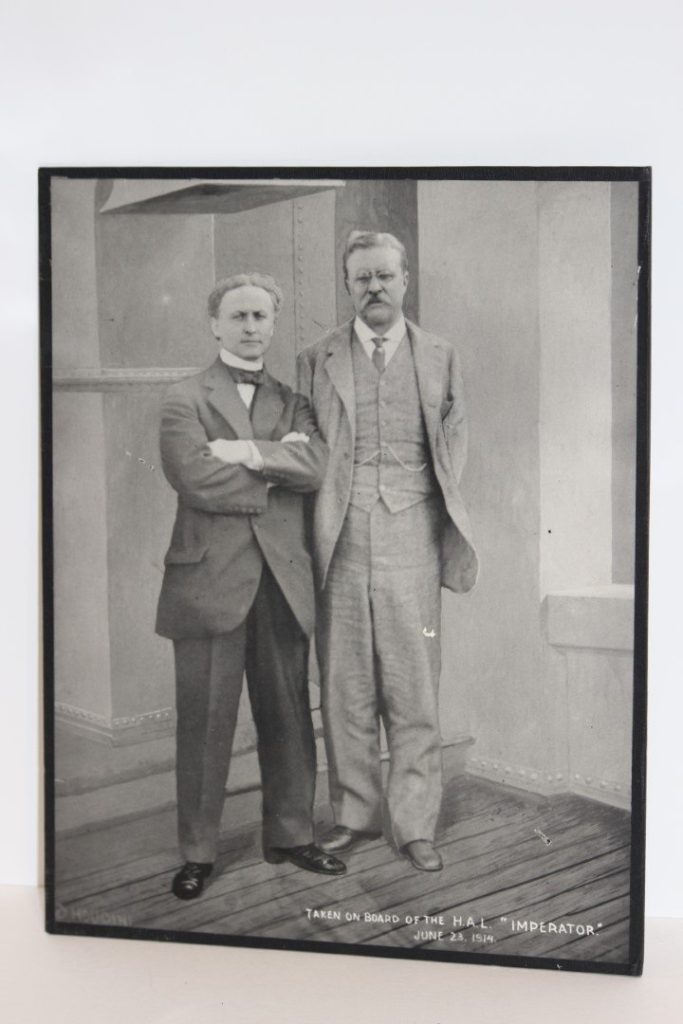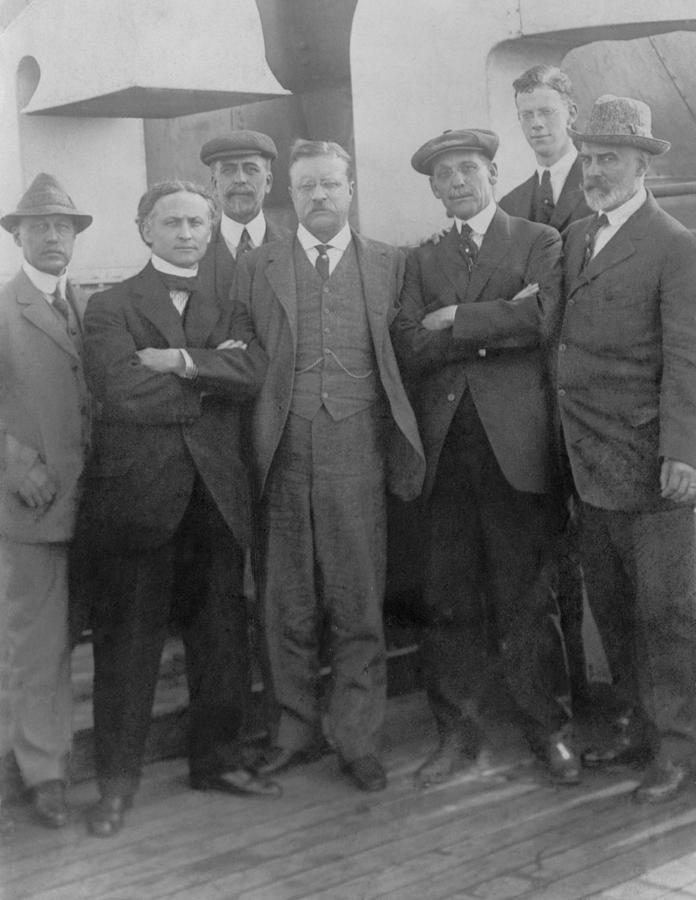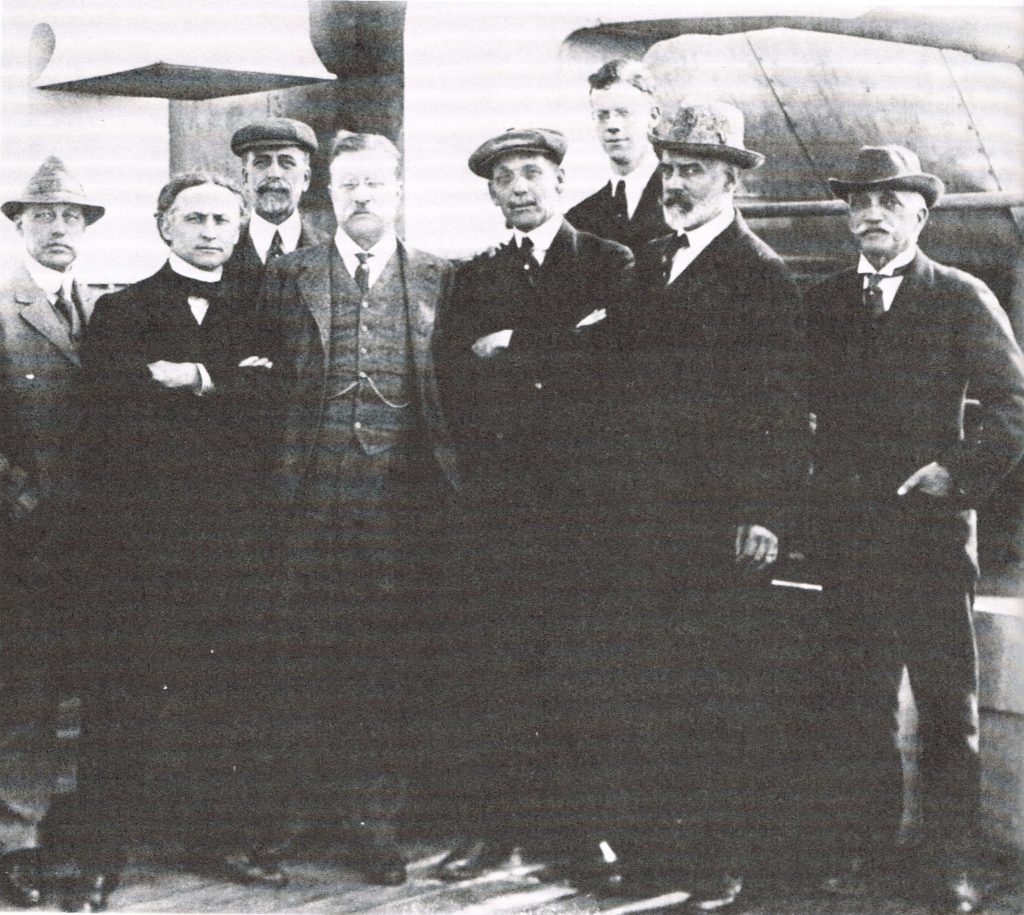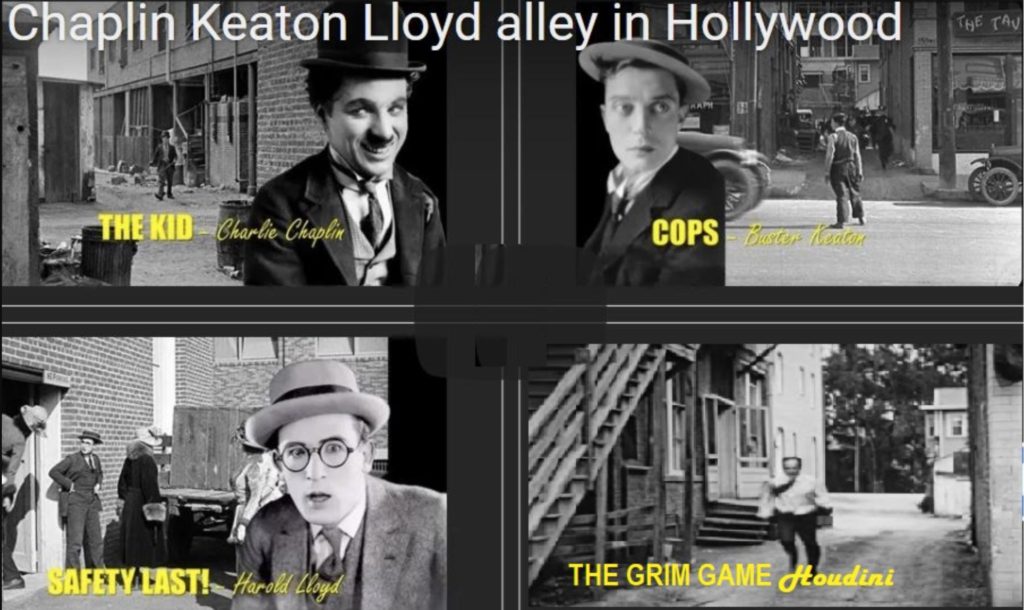Herbert Allingham was the writer of a number of short story series that Houdini attached his name with:
- Jorkins & Co (Film Fun)
- The Amazing Exploits of Houdini (The Kinema Comic)
- Houdini’s Schooldays (Merry and Bright)
This week we explore, Allingham’s contribution to The Amazing Exploits of Houdini.
According to Julia Jones book, Fifty Years in the Fiction Factory, “Allingham had contributed a series of Houdini stories for the Kinema Comic in which he invented a cheerful cockney named Arth Wright as a resourceful boy assistant for the escapologist and had introduced him to one of his series detectives, Pelham Webb.” And Julia’s thesis implies, “The story series had opened in 1922 and the first thirty of these ‘Amazing Exploits’ had been written by Allingham… Early in 1923 however, F.C. Cordwell, editor of The Kinema Comic, instructed Allingham to drop Houdini…Houdini was continued by other anonymous writers. ‘My price too high’, wrote Allingham in his diary.
But the ‘The Amazing Exploits of Houdini’ found in Kinema Comic, ran from April 24, 1920 to November 27, 1926.
For a complete list of all 343 issues of The Kinema Comic that contain “The Amazing Exploits of Houdini” see Houdini Periodical Bibliography References From 1898 – 2015 by Arthur Moses. Note: The Oct 27, 1923 v4 n184 issue is the only one from the run that DOES NOT contain the series.
So, I am wondering if Allingham’s contribution to Kinema Comic started in 1920 or 1922?
I have copies of the first 7 issues from 1920 and have read the October 14, 1922 issue.
It appears that the October 14, 1922 issue is when Arth Wright makes his first appearance, so that would confirm 1922.
And the first 7 issues don’t read like Allingham to me.
- The Bride and the Orangutan (April 24, 1920)
- The Jewel Thieves (May 1, 1920)
- “Stop Thief!” (May 8, 1920)
- The Gold Melters (May 15, 1920)
- Adventure of the Midland Express (May 22, 1920)
- In the Dead of Night (May 29, 1920)
- Out of the Sky (June 5, 1920)
That said, I have tried unsuccessfully to get ahold of Julia Jones to get her thoughts on whether Allingham could have contributed to the earlier stories or were they written by others?
A diary entry for 10 June 1920 states that Allingham ‘went to New Cross and saw Houdini. Fixed up with him about school days’.
Houdini’s Schooldays Series started September 1920 in Merry and Bright, 5 months after the Amazing Exploits of Houdini series started in Kinema Comic, so…
Unfortunately, there is not an earlier diary mention for Kinema Comic, nor earlier copies of Kinema Comic than 1922 in the extraordinary archive of sixteen boxes of Allingham material that Julia Jones got to sort and collate.


